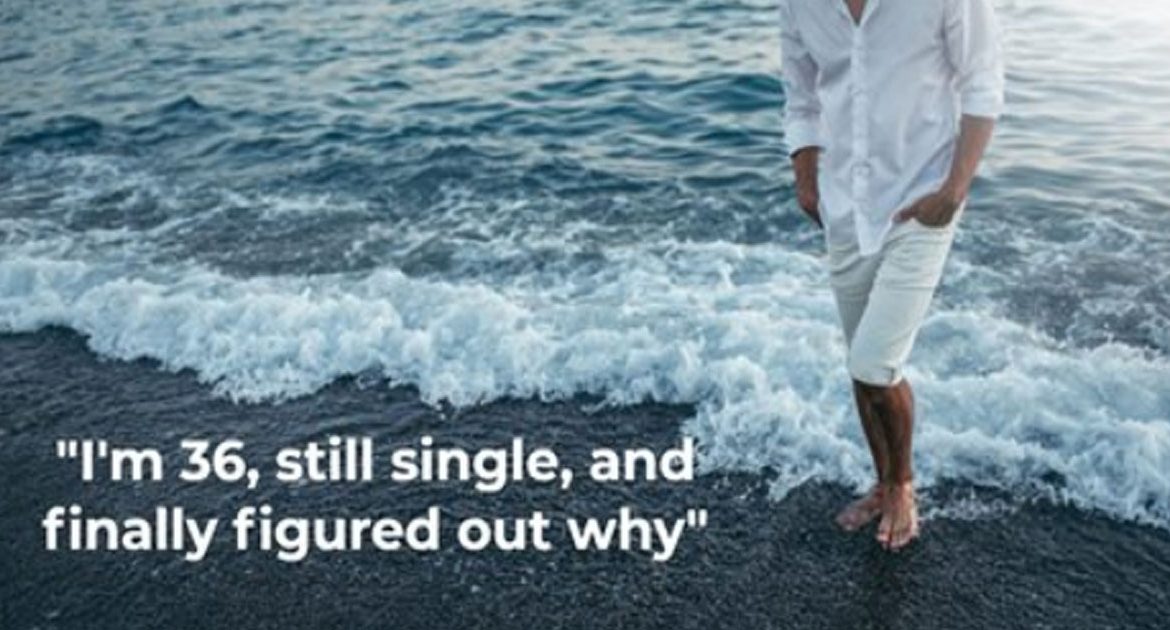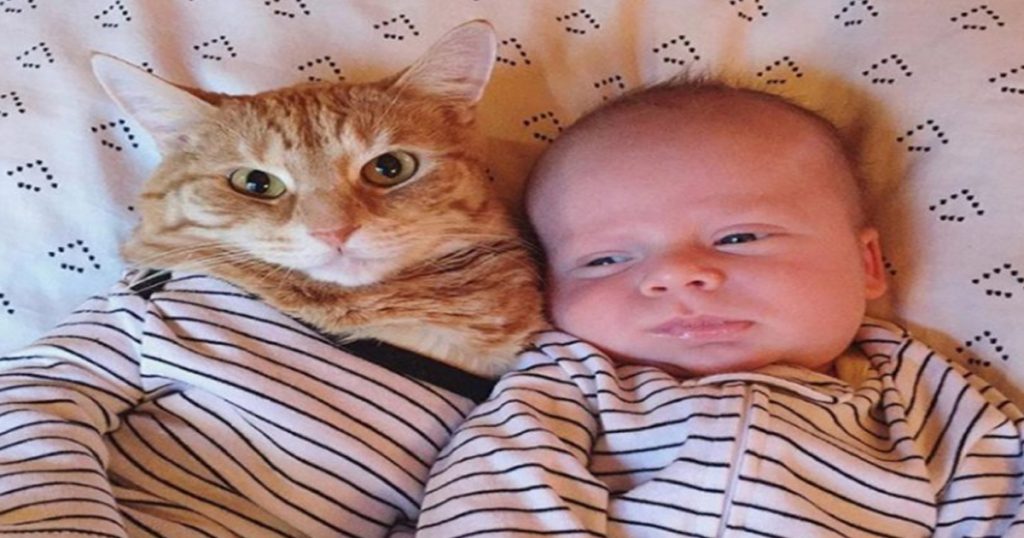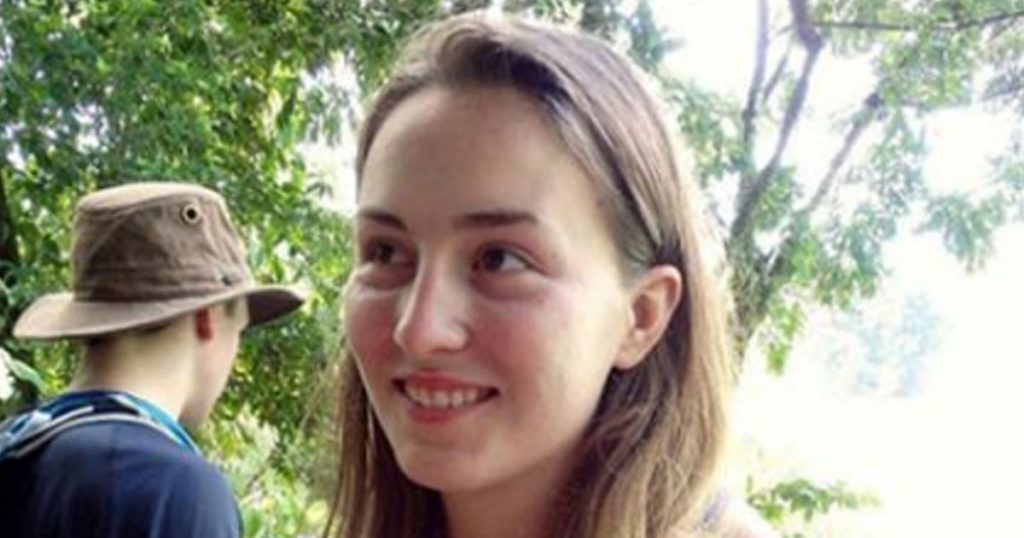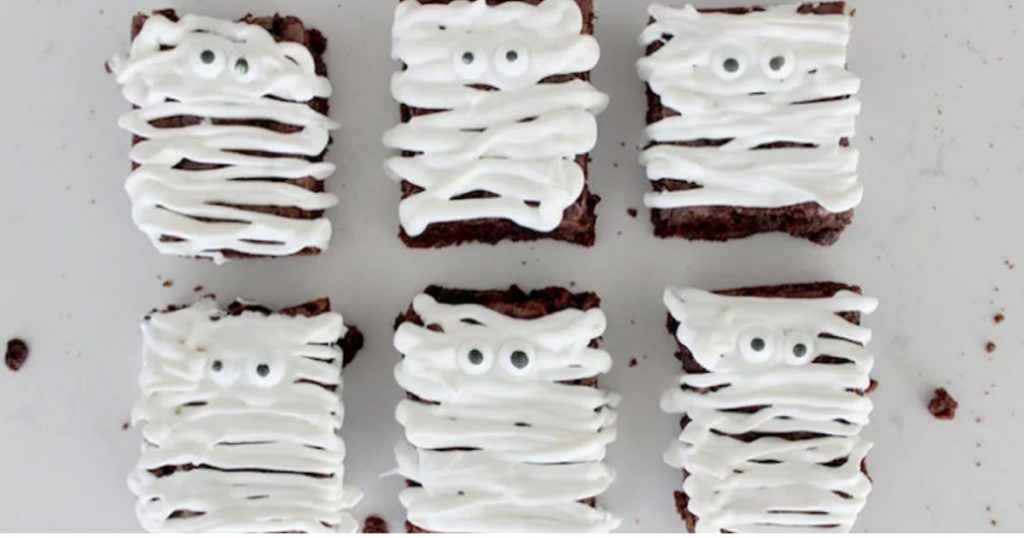I’ve been single for nearly all of my adult life, and I nally gured out what the problem is.
I used to believe the reason was because I hadn’t met the right person yet. I believed that all I had to do was keep on enjoying life, focus on my passion, identify the qualities I was looking for and soon enough I would attract the perfect partner.
I now know this approach to life is total bullsh*t. Before I explain why, check out the video below where law of attraction “expert” Bob Proctor tells you why you only need to visualize the perfect partner to attract him or her into your life.
The way to attract the perfect partner into your life is completely dierent than what’s shared in the video. Life isn’t a fairy tale. There are no easy solutions, despite what the law of attraction gurus will tell you.
The brutal truth I discovered is that the problem is me, not the women I’ve been dating. I knew this as soon as I came across “attachment theory” in an article by Mark Manson which describes the nature of emotional attachment between humans, and the four types of people in relationsh
I’ll share the 4 types of people according to attachment theory below, but first I’ll explain the problem I was facing.
Living my whole adult life as a single man Every time I meet someone new, the same thing happens. I feel incredible excitement about the possibility of sparks ying.
I spend some time with them. The usual sinking feeling in the pit of my stomach returns. I conclude that she’s “not quite right” and move on to the next person.
(Have you experienced this before? Have you tried dating someone like this? Let me know in the comments below.)
Week after week, month after month and year after year this same thing happens. I continue to succeed at my external focuses in life, but don’t have any success at building any kind of emotional and loving connection with a romantic partner.
The truth is that I’m 36 years old and have lived almost all of my adult life as a single man.
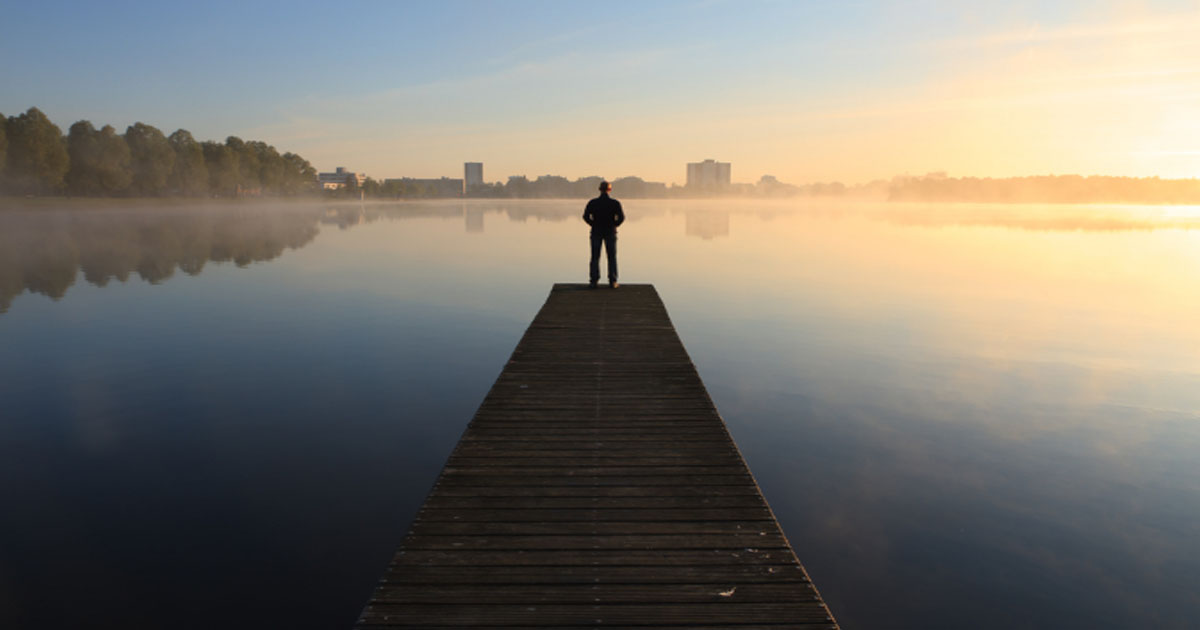
Recently I read about attachment theory and came to the sudden and painful realization that the problem isn’t the women I’ve been dating.
I’m the problem. I’m the “avoidant type” (number 3 below). And I now know what to do to live a better life
4 types of people in relationships, according to “attachment theory”
As Manson explains, attachment theory began in the 1950s and has since amassed a sizeable body of research behind it. In short, researchers have found that the way in which infants get their needs met by their parents determines their “attachment strategy” throughout their lives.
Your attachment strategy likely explains why your relationships have succeeded or failed, the manner in which they did and why you’re attracted to who you’re attracted to.
The four attachment strategies people adopt are: secure, anxious, avoidant and anxiousavoidant.
1) Secure: people who are comfortable displaying interest and aection
These people are both comfortable showing aection towards their loved ones while also being alone and independent. They can prioritize what’s important in their relationships and can draw clear boundaries.
Secure people can accept rejection when it happens and can also be loyal during tough times.
People who are secure are the best people to have a relationship with.
Over 50% of the population are of the secure type, according to research. I used to think I was one of them, but learning about type 3 helped me see that I’m not.
Secure attachment is developed in childhood by infants who regularly get their needs met, as well as receive ample quantities of love and aection.
2) Anxious: people who are often nervous and stressed about their relationships.
These people need constant reassurance and aection from their partner. They are uncomfortable being alone, and often succumb to abusive relationships.
Anxious people have trouble trusting their partners. This is the girl who constantly wants to check their boyfriend’s messages and the guy who follows his girlfriend to work out of fear she’s going to meet someone else.
Anxious attachments are developed early in life from infants who receive love and care unpredictable from their parents.
3) Avoidant: extremely independent, comfortable being alone and uncomfortable with intimacy
These people have massive problems with commitment and can often rationalize themselves out of any intimate situation.
They are highly sensitive to feelings of being “crowded” or “suocated” in a relationship, and
in every relationship they always have an exit strategy.
Avoidant types of people often create a lifestyle that supports their constant independence.
It’s the man who works 80 hours a week and gets frustrated when his partner wants to spend some quality time together on the weekend. It’s the woman who dates many partners over a number of years, telling them all she “doesn’t want anything serious.”
It’s also me, and before coming across these attachment types I had absolutely no idea that I was creating the problem.
According to research, attachment strategy is developed in childhood by infants who only get some of their needs met while the rest are neglected (for instance, he/she gets fed regularly, but is not held enough). It’s not always the case — personally, I was fortunate to grow up in a happy and loving family, but I did have some challenging relationships in my early years of adulthood which set the course for my avoidant behaviors.
4) Anxious-avoidant: the “fearful type” who bring the worst of both worl
These types of people are not only afraid of emotional commitment and connection. They also lash out at people who try to get close to them.
Anxious-avoidant types often spend large amounts of time alone, but they’re miserable in doing so. When they’re not alone, they’re often in dysfunctional and abusive relationships.
According to studies, only a small percentage of people are anxious-avoidant types, and they typically have a multitude of other emotional problems in other areas of their life (i.e., substance abuse, depression, etc.).
Anxious-avoidant types develop from abusive or terribly negligent childhoods.
What happens when different attachment types date each other?
According to attachment theory, dierent congurations of relationship types coming together have dierent
impacts on the nature of the relationship itself.
Secure types are capable of dating both anxious and avoidant types. They’re comfortable enough with themselves to give anxious types the reassurance they need and to give avoidant types the space they need without feeling threatened themselves.
Anxious and avoidant types often end up in relationships one another. This is because avoidant types are so good at putting o others that it’s only the anxious types that stick around. And the lack of emotional availability of the avoidant types ends up triggering the anxiety of the anxious type, which keeps them coming back for more.
Anxious-avoidants often date each other, or the least secure of the anxious types or avoidant types. These relationships often abusive or negligent.
According to the theory, people can change over time. Secure types can help anxious or avoidant people “level up” over the course of their relationship, but unfortunately the converse is also true with avoidants and anxious people also able to “bring down” their secure partners.
Now that I discovered my attachment type, what am I going to do about it?
The first point I want to make is that I don’t think a theory can perfectly describe who I am. I also don’t see myself as a “awed individual”. Rather, I’m using the insights from attachment theory to help guide me in creating some personal shifts.
As Manson points out, everybody has elements of each attachment type. But we usually end up demonstrating behaviors of one particular attachment more than others over time.
I know that I have elements of a secure type, along with moments of anxiety. Yet if I’m honest with myself, my perpetual single life can be explained by the avoidant type in attachment theory.
In my case, I’ve decided to embark on a journey of addressing the parts of myself that result in my avoidant behaviors. I don’t think I’m a bad person, and I don’t believe there’s anything wrong with me.
However, in my view, a natural part of life is to understand there is always room for personal improvement. I also believe I’m capable of changing the circumstances in my life, and becoming a person more secure with intimacy and companionship.
I would like to experience a committed and intimate relationship. My first commitment is to myself and creating the change within.
There are many supposed “gurus” like in the video above who will claim that it’s easy to attract what you want in life. I think that’s bullsh*t. I expect this journey of opening myself up to be dicult.
But that’s okay.
Often the most powerful changes in life will come from the most challenging journeys.
